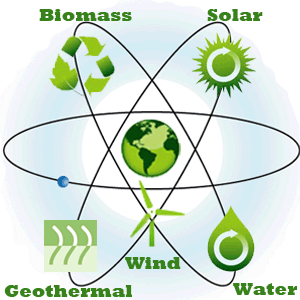What sets humanity apart from other species? Is it just our opposable thumb, or our brain size, or our mastery of tools? A number of animals exhibit masterful dexterity without an opposable thumb. An elephant’s trunk is one very good example. There are a number of animals with brains that are larger than ours such as elephants and many whales and dolphins. These animals exhibit a wide range of intelligence. But even then there are many smaller animals, particularly birds like corvids – the crows, blackbirds – and parrots with much smaller brains, who exhibit extreme intelligence. There are many animals who create and use tools, from ants who masticate leaves turning them into sponges to create humidity control rooms in their colonies, to birds and chimpanzees who alter materials at hand to make them useful for many purposes. So in all of these attributes we are not unique.
We are, however, the only species on the planet that has taken natural occurring phenomenon and materials and turned them into energy generators that has led to the reshaping of human society. When times were simpler before the invention and perfection of steam engines, internal combustion engines and all that has followed, humanity relied on natural energy sources – wind, water, muscle and fire. At first we burned wood to create energy from fire. Wood fires helped us to forge tools from soft metals like copper and tin. Then we learned to create charcoal from wood to increase the energy and heat from our fires so that we could create tools from harder metals like iron. We did all of this well before the European voyages of discovery to North America. We did all this well before the rise of the Roman Empire. We didn’t change how we derived energy in human society for a very long time.
The discovery that we could burn rocks in the form of coal to create energy goes back thousands of years but the need to provide higher energy yields for the new steam engine precipitated its widespread use from the 18th through the 20th century. Coal became humanity’s biggest energy producer, heating boilers in factories, ships and locomotives, providing a fuel for heating homes, and becoming a source for generating the energy to drive turbines that generated electricity.
The 19th century saw the inception and development of another Earth-based energy source, oil and natural gas. In the 20th century our pursuit of new weapons unlocked the power of the atom leading to the development of the nuclear energy industry.
We mastered geology in our pursuit of energy resources, first finding the easily accessible oil and coal that was close to the surface. By the end of the 20th century the pursuit of energy sources altered the relationship between nation states. The Second World War was in many respects an attempt by a few nations to grasp these resources in pursuit of national and ideological goals. The post-war world became a “cold war” race between two nations who pursued energy self-reliance as national goals. But by the end of the 1960s it more and more became abundantly clear that energy self-reliance was no longer attainable as economies continued to grow and energy requirements along with them.
The Middle East became a major energy source for many nations. The geopolitics of the region meant that energy pursuit could no longer be separated from religious, nationalist and ideological issues. Oil companies were compelled to pursue exploration in places where oil was harder to extract. Exploration rigs started dotting sea coasts, and then moved farther away from shore into deeper and deeper waters. Bitumen extraction from sand deposits in Canada, similar phenomenon in Venezuela and oil shales in the US became strategic resources. Today new fields are being discovered in deep water of Brazil, Australia, the Guinea Coast, South Asia and Western Australia.
Are we as a species tapped out on oil? Not even close. But the cost of our use of oil has had enormous impact on the planet and in the 21st century our energy paradigm is changing as we move away from burning extracted resources to create energy, to renewable energy from the sun, wind and water, and the burning of biomass.
In this next chapter of our 21st Century Tech voyage of discovery we will address what our future energy usage will look like. Please join me for the ride.











Global demand for fossil fuels continues unabated. The case of Chinese economic growth and the energy demands to fuel it cannot be underestimated both for the impact on resource exploration and exploitation, and contribution to greenhouse gas emissions.
China today is a net importer of oil. They are also a domestic producer of coal, natural gas, and renewable energy sources such as nuclear, solar and hydroelectric power.
By 2020, China expects to need 2.8 billion tons of coal and 600 million tons of crude oil per year, more than 2.5 times the amount it consumed in 2000. That means China will import 250 million tons of petroleum to meet domestic demand and will create 1.94 billion tons of greenhouse gas emissions per year, making it the largest contributor to carbon dioxide growth in the atmosphere.
For China, the dilemma is clear, fuel the economy through traditional energy sources and create negative environmental impact, or develop new energy technology focused on reusable and renewable sources and make that a significant part of the business the country does globally.